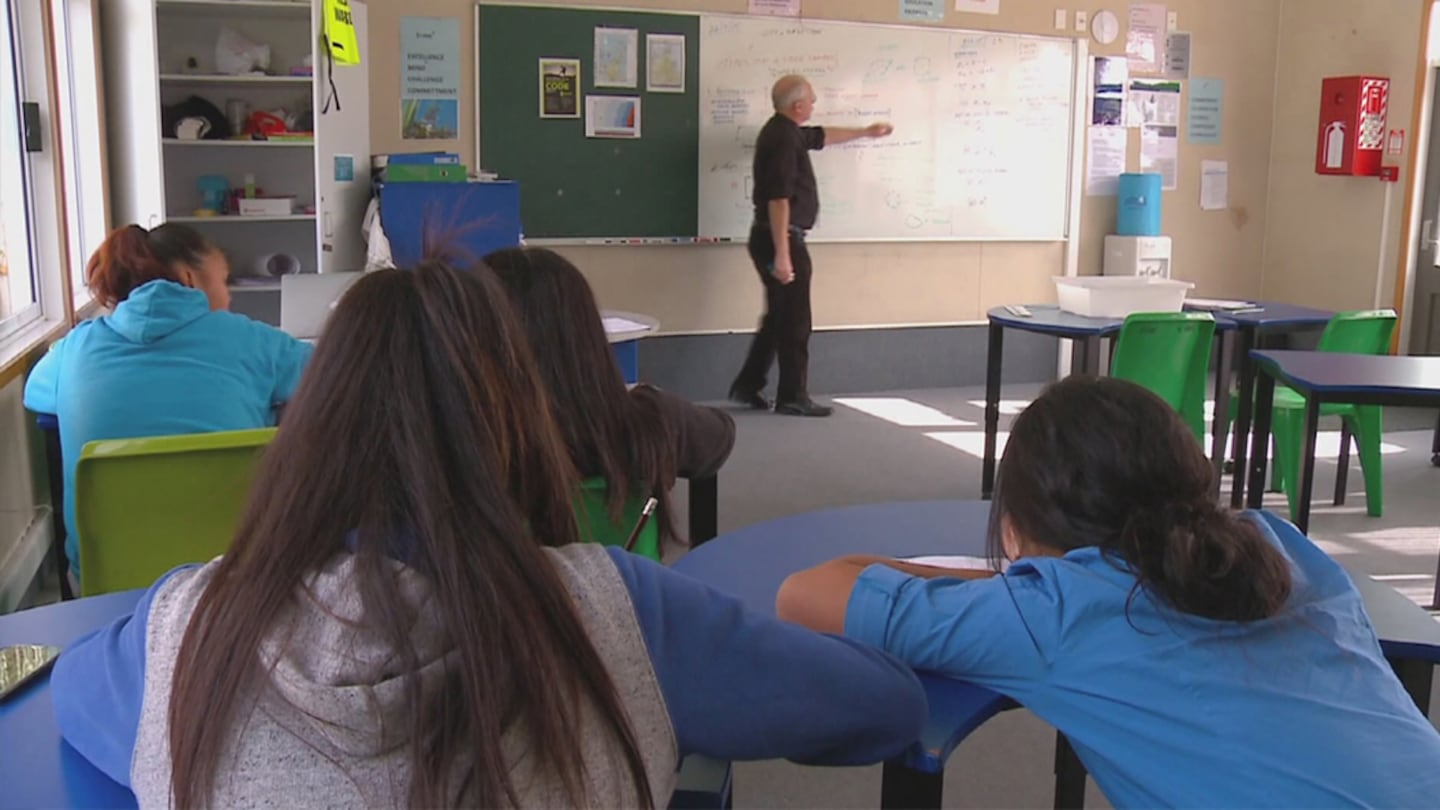From the beginning of the 2025 school year, all schools will be required to use structured literacy – also known as “phonics” or the “science of reading” – to teach children how to read. But the very nature of this approach to reading could cause bilingual children to lose their second language.
Structured literacy teaches children to decode the relationships between sounds and letters. Readers use decoding to “sound out” words they don’t recognise.
But teaching children decoding in English is different from teaching reading in other languages, which have different sound systems. Losing these second languages will be to the detriment of students, with research repeatedly highlighting the benefits of bilingualism.
Looking beyond English
According to the 2018 Census, the four most common languages after English were Māori, Samoan, Northern Chinese including Mandarin, and Hindi.
These all have different sound systems, and in the case of Chinese or Hindi, their writing scripts represent sounds in a completely different way from the English alphabet.
Reading instruction needs to take into account the many varied language backgrounds of children in Aotearoa, including deaf children who use our other official language, New Zealand Sign Language, as well as those who have special needs.
Doing this will not only encourage the retention of a child’s mother tongue. Research has shown education approaches that support children’s first languages also result in benefits for the students’ English acquisition.
For example, a 2017 review of bilingual education found that “strong additive bilingual approaches”, such as those focusing on supporting both Pasifika languages and English, outperformed other programmes.
My own research in Papua New Guinea examined the best ways of developing children’s literacy. We found that introducing a large number of culturally relevant English books accounted for statistically significant literacy gains in both English and Tok Pisin (English-based creole).
The literacy benefits of books that are interesting to the reader are widely supported by global research.
All New Zealand schools are required to introduce structured literacy next year. monkeybusinessimages/Getty Images
The benefits of bilingualism
International research clearly shows bilingualism has cognitive, academic, social, cultural and economic benefits.
But an increased focus on phonics and structured literacy in Aotearoa cannot adequately support bilingualism because the materials used here are mostly – if not all – based on English.
Research found the focus on English in schools means many bilingual children who enter schools speaking their heritage languages shift to English only and leave school monolingual.
It doesn’t have to be this way. Many teachers work to support the range of languages spoken by each of the children they teach, using differentiated and individualised approaches.
These teachers may not know the children’s languages themselves, so they use a variety of strategies in their teaching. This can include “translanguaging”, which explicitly encourages children to move between their two (or more) languages.
Such activities might include reading and reciting religious texts such as the Bible, or reading books or online newspapers in their heritage languages.
Making room for other languages
New Zealand should use some of the flexibility possible in the “science of reading” to support approaches such as translanguaging to encourage bilingual learning.
Some international approaches based on the “science of reading”, such as Elsa Cárdenas-Hagan’s work with bilingual Spanish and English children in the United States, are focusing on multiliteracy through structured literacy.
These approaches advocate a range of effective practices for teachers to respond to the multilingual needs of students, such as learning as much as possible about their languages so they can compare different sound and spelling systems.
Expanding mandates
Current research and practice in English language literacy in Aotearoa based on structured literacy approaches is too often independent of our other strong research programs in second language acquisition and bilingualism.
Bringing these traditions together would support children’s learning to read and write in both English and any other languages they speak. It would also leverage the benefits bilingualism can bring to their English acquisition.
Rather than mandates for literacy programs which focus only on English, the government should instead consider supporting programs which will build and develop the literacy of all children in Aotearoa.
Hilary A Smith is an honorary research fellow (linguistics) at Te Kunenga ki Pūrehuroa – Massey University.


